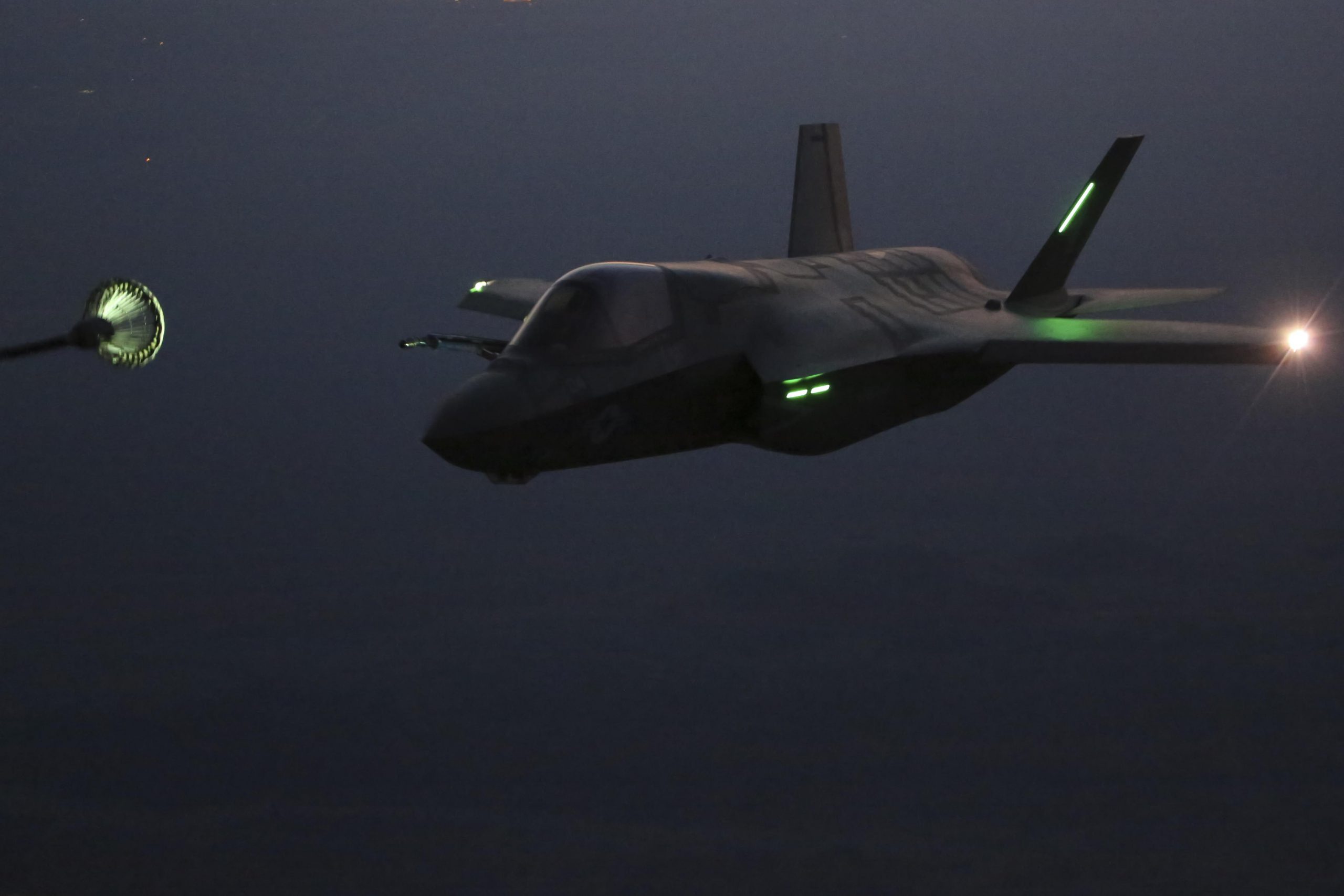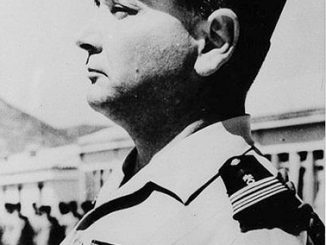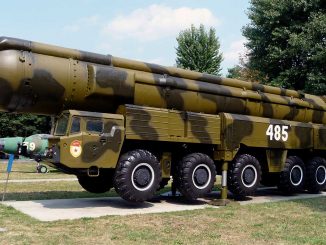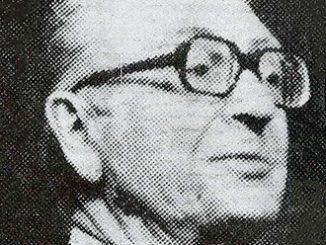The Pentagon’s Third Offset Strategy pursues next-generation technologies and concepts to assure U.S. military superiority, but the real focus is strengthening U.S. conventional deterrence to make sure wars don’t happen.
The Pentagon’s Third Offset Strategy pursues next-generation technologies and concepts to assure U.S. military superiority, but the real focus is strengthening U.S. conventional deterrence to make sure wars don’t happen, Deputy Defense Secretary Bob Work says.

Deputy Defense Secretary Bob Work speaks about the Pentagon’s third offset strategy
He spoke last week at a Center for Strategic and International Studies’ event titled, Assessing the Third Offset Strategy. Joining Work during the opening plenary was Air Force Gen. Paul J. Selva, vice chairman of the Joint Chiefs of Staff.
At the forum, defense leaders discussed DoD’s drive to identify innovative capabilities that will ensure U.S. military superiority over what the deputy secretary calls “pacing competitors.”
Pacing Competitors
Work said the third offset begins by focusing on competitors who are developing advanced capabilities.
“The pacing competitors — not adversaries — are Russia and China, because they're developing advanced capabilities that potentially worry us,” he added.
Work says his thinking about the third offset began in 2012 when then-Deputy Defense Secretary Ash Carter established what’s known as the Strategic Capabilities Office, which Work says was motivated by the kind of thinking that produced the third offset.
SCO, now a piece of the third offset, takes systems the Defense Department already has tremendous investments in and transforms, or repurposes, them for use in ways the world has never seen, or countered.
SCO engineers take something designed for one mission, for example, and make it do a completely different mission, or they integrate single systems into teams, or they change the game by adding in commercial technology.

Gen. Paul J. Selva speaks at the CSIS about the Pentagon’s third offset strategy
Work’s introduction to SCO was followed, he explained, by “a very important presentation that [Carter] gave to the National Security Council on the growing capabilities and threats to our space constellation,” which is critical to the department’s theater-wide battle networks.
Work says offset strategies happen when potential competitors reach parity with the United States in some critical military area, and potential competitors have reached parity in what the department calls theater-wide battle networks.
Offsets also focus on having an advantage at the operational level of war, also called the theater or campaign level “because historically … having that advantage is the surest way to underwrite conventional deterrence,” the deputy secretary said.
Approaching Parity
“China and Russia now have theater-wide battle networks that are approaching parity with us,” he added, “so to strengthen conventional deterrence, we want to make sure that we can extend our advantage in that area.”
He described a battle network as a sensor grid that sees what's happening in theater, a command, control, communications, computers and intelligence, or C4I, grid that makes sense of what's happening and offers a range of effects, a grid that achieves the chosen effects and a logistics and support grid that keeps the network running.
“Our pacing competitors have put a lot of money in counter-network operations because they know how powerful our battle networks are, so they spend a lot of money on cyber capabilities, on electronic warfare capabilities and on counter-space capabilities because our space constellation is a very important part of our ability to put these battle networks together,” Work said.
The third offset’s initial vector, he added, is to exploit all the advances in artificial intelligence and autonomy and insert them into DoD’s battle networks to achieve a step increase in performance that the department believes will strengthen conventional deterrence.
The offset includes technological leaps, Work said, but it’s really about operational and organizational constructs based on doctrine, training and exercises that allow the joint force to operate with such technologies to achieve an advantage.
“It’s also institutional strategy about how we're organizing the entire Department of Defense to compete in this new dynamic environment,” he noted.
Operational Experimentation
In his remarks, Selva said technologies and ideas are turned into tactics, techniques, procedures and doctrine through operational experimentation that begins with designing concepts, testing them in wargames and ultimately testing them in exercises.

Marine Corps F-35B aircraft participate in aerial refueling missions with KC-130J Super Hercules
“From an operational perspective, the journey we're on has the potential to vastly increase the effectiveness of our conventional forces but we have to ask the right questions,” he added.
“We have to experiment with the right tactics, techniques and procedures. We have to disseminate those in doctrine to our fielded forces, to our partners, our allies and our friends,” Selva said, “and figure out how to offset this capability that all of our competitors are bringing to the conventional battle space, which is, in simple terms, long-range precision strike at volume in space, in cyber space, in the air, on land and at sea.”
Everyone who wishes to compete with the United States has read its military doctrine and watched its forces in battle, the vice chairman said.
“They've analyzed our strengths to find asymmetries, and they are reflecting what we're good at right back on us,” he added, “so we have to figure out how to offset that in the operational battle space.”
People and Machines
In response to a question about the third offset’s role in the broader defense strategy — the Islamic State of Iraq and the Levant, non-state threats in general, homeland security and other operational challenges — Work explained the department’s focus on artificial intelligence and autonomy.
“When we say we're injecting AI and autonomy into the grids, we're looking at five different things,” the deputy secretary said.
These include autonomous learning systems for handling big data and determining patterns, human-machine collaboration for more timely relevant decision-making, and assisted human operations through technology assistance like exoskeletons or wearable electronics, he added.
Other capabilities, Work said, are advanced human-machine combat teaming such as with manned and unmanned systems working together, and network-enabled autonomous weapons and high-speed weapons like directed energy, electromagnetic rail guns and hypersonics.
“All of those things will be injected into the sensor grid, into the C4I grid, into the effects grid and the logistics and support grid, allowing a big performance impact,” he said, noting that the third offset and its effect on a range of military capabilities is not just about the technology.
“It’s how [Selva] goes from the [Joint Capabilities Integration and Development System] process, saying, here are the requirements to the doctrine developers, who say this is how we will use this, to exercises in the field to train our forces to fight in a new way,” Work said. “That is what we are talking about on the third offset.”
The deputy secretary added, “There will be new means of [indications and warning], going after terrorists [and] operating against regional powers and great-state powers. This is totally transferable across the range of operations.”
Third Offset Potential
For those who push back on the notion of AI and algorithms “helping us do what we do better,” Selva told the audience that sometime during the day all of them would interact with a piece of artificial intelligence that helps do something a little faster, a little better or a little more efficiently.
“We have not to this point harnessed the capability of that part of our IT inventive and innovative community and applied it to broad military problems, [but] we have in very narrow spaces,” he said.
Part of what the department is trying to do with the question the leadership is asking about the potential for a third offset, Selva said, is simply to plant that question in the minds of people who work for the department.
“Is there a better way? And if there is a better way, can you assist that operation by taking your intellectual effort, and putting it where it is most value added and letting machines do the rudimentary work for you?” the vice chairman asked.
“I think there's great promise in that space,” Selva said, “but we have to be willing to take that step.”
(Follow Cheryl Pellerin on Twitter @PellerinDoDNews)
Related Stories
DoD Tech Transformation Holds Surprises for U.S. Adversaries
Related Biographies
Related Links
Third Offset Strategy
Special Report: DoD Science and Technology










